Isn’t it interesting how just when you were considering trying new cuisines, you stumbled upon the topic of forbidden foods? Across the globe, various delicacies face bans or restrictions due to cultural, ethical, or health reasons.
From horse meat in the U.S. to Casu Marzu in Italy, the reasons behind these prohibitions are as diverse as the foods themselves. You might be curious about why certain countries have enacted such bans and what makes these foods so controversial. Let’s explore each of these eight forbidden delicacies and unravel the intriguing stories that surround them.
Horse Meat in the United States
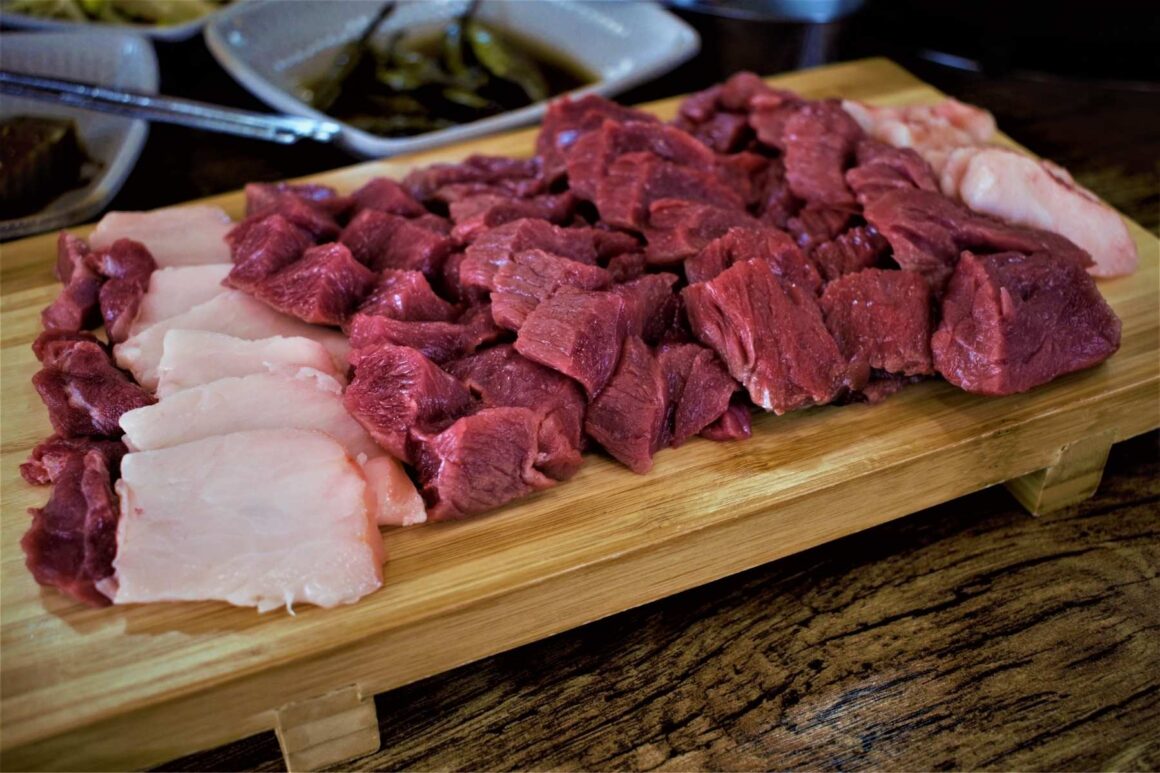
When it comes to culinary taboos, horse meat in the United States often sparks intense debate. You might wonder why something so common in other countries stirs such powerful emotions here. Horse meat’s cultural significance varies globally, but in the U.S., there’s a strong bond between horses and people, often seen as noble companions rather than dinner. This connection raises ethical concerns about consuming them, which is a bit like questioning if Scooby-Doo should be on the menu—unthinkable to many!
Legal regulations further complicate the issue. Although not banned nationwide, the slaughter of horses for meat has faced restrictions and shutdowns, driven by public perception and advocacy groups. These laws reflect America’s culinary traditions, where horse meat doesn’t naturally fit into the hamburger-loving landscape. It’s like trying to sneak a spinach smoothie into a pizza party—it just doesn’t belong.
Interestingly, while some folks see horse meat as an exotic delicacy, others find the idea unsettling. This divide in public perception highlights how personal values shape food choices. So, next time you chow down on a burger, ponder the cultural and ethical threads woven into what’s on your plate.
Foie Gras in California
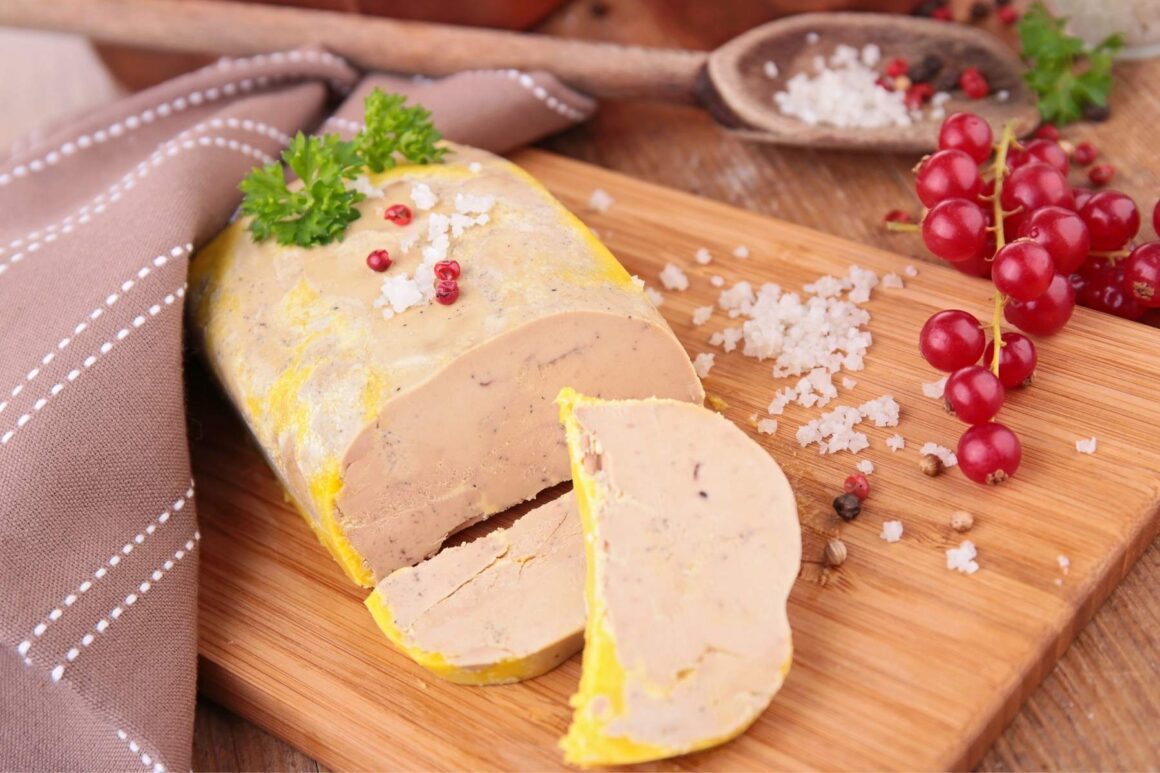
Foie gras often finds itself at the center of heated debates in California, where its production and sale have faced legal battles and ethical scrutiny. You might wonder why this luxurious delicacy, treasured by culinary traditions, stirs such controversy. The answer lies in the production methods, which involve force-feeding ducks or geese to enlarge their livers.
This practice raises significant ethical concerns, as animal welfare advocates argue it causes unnecessary suffering. California, known for its progressive stance on animal rights, has been a battleground for foie gras legislation.
In 2004, a law was passed banning the production and sale of foie gras made by force-feeding. This sparked a series of legal battles, with chefs and producers challenging the ban. They claimed it infringed on culinary traditions and choice. Visualize the scene: chefs passionately defending their beloved ingredient, while activists wield placards calling for compassion. The ban was briefly lifted in 2015, only to be reinstated in 2017, leaving foie gras enthusiasts and critics in a perpetual tug-of-war.
Despite the legal rollercoaster, foie gras remains a symbol of luxury dining. Whether you view it as a culinary treasure or an ethical dilemma, the debate in California is far from over.
Haggis in the United States
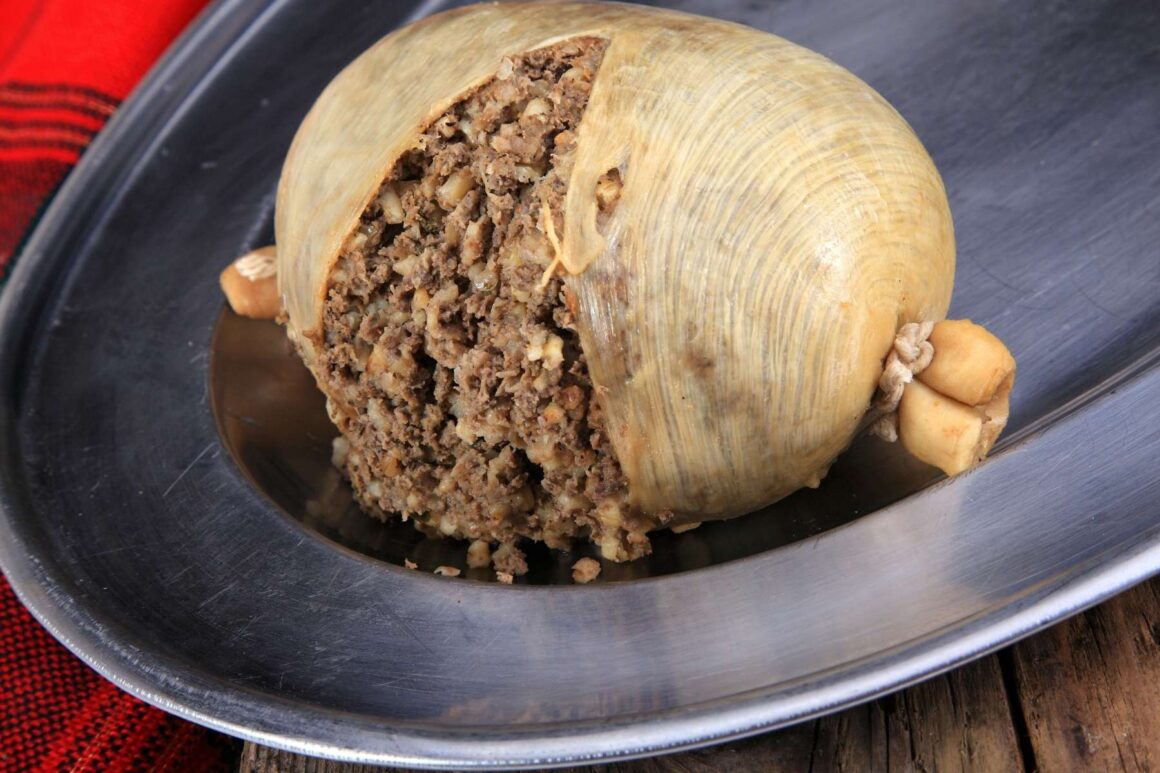
Haggis, a traditional Scottish dish, faces its own set of challenges in the United States, primarily due to its ingredients. If you’re a fan of Scottish traditions, you might know that authentic haggis contains sheep lung, which is banned by U.S. food regulations. This creates quite the culinary controversy, as foodies and Scottish expatriates long for the genuine article. Haggis holds cultural significance, symbolizing Scottish identity and heritage, often celebrated during Burns Night with much fanfare and a bit of whisky.
Imagine trying to replicate a beloved cultural dish, only to find that key components are deemed unacceptable. This raises ethical debates about food rights and the extent of regulatory reach. Some question whether these food regulations protect public health or merely limit culinary freedom. It’s a fine line between safety and tradition, and haggis finds itself smack in the middle.
You might chuckle imagining a haggis rebellion, with kilts and bagpipes, demanding lung liberation. While that’s unlikely, the quest for authentic haggis in the U.S. continues. Lovers of Scottish cuisine find creative ways to adapt, but the heart of haggis remains just out of reach, a tantalizing taste of home.
Fugu in European Union
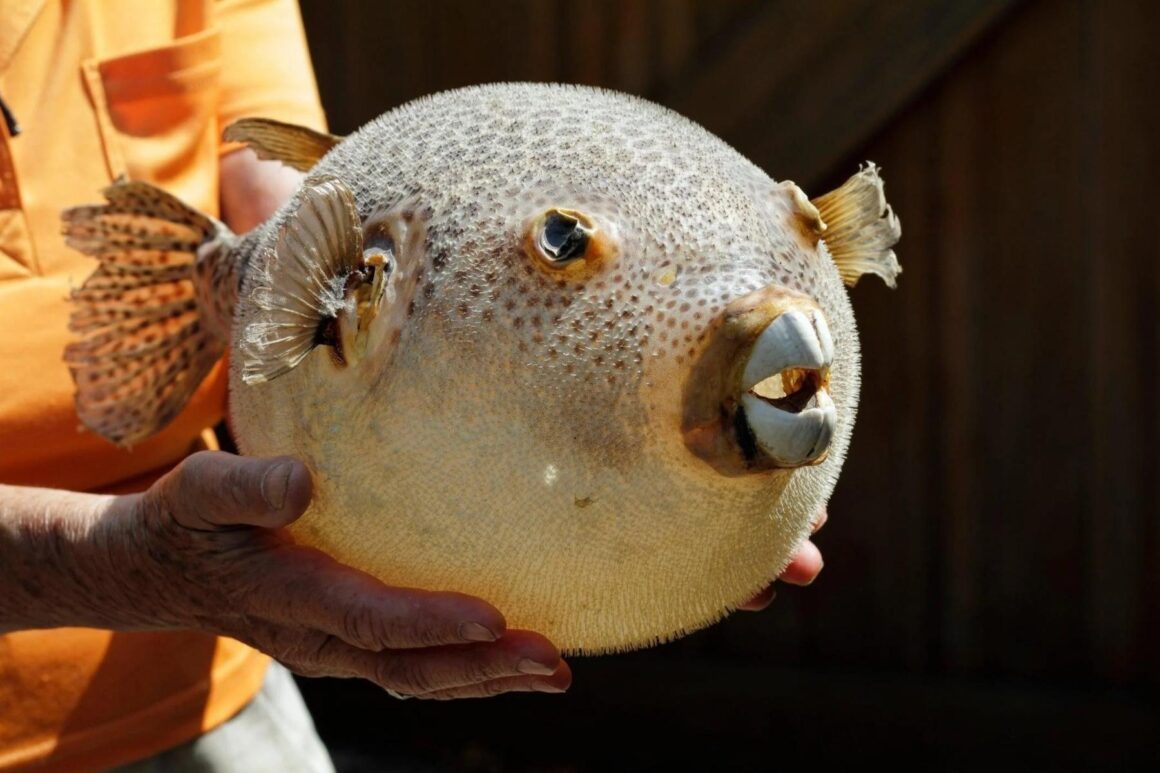
Among the delicacies that evoke both fascination and fear, fugu stands out in the European Union. If you’re curious, fugu is a pufferfish delicacy that’s as tempting as it is dangerous. The thrill partly stems from its complex fugu preparation techniques, which require a deft hand and plenty of patience. In Japan, where fugu holds cultural significance, chefs undergo rigorous training to guarantee they don’t accidentally serve a lethal dish. Now, you might wonder, why the fuss in the European Union?
Well, fugu’s legal status in the EU is quite strict. Due to the serious fugu consumption risks—think of a potential dinner turning into a deadly affair—strict fugu safety regulations are in place. This means only licensed chefs can prepare it, and it’s not widely available. The EU’s stringent rules are a way to keep you safe from the fugu’s infamous tetrodotoxin, which can be 1,200 times more toxic than cyanide.
Kinder Eggs in the United States

If you’ve ever traveled abroad, you might have encountered the colorful allure of Kinder Eggs, those small chocolate treats with a surprise toy inside. They’re beloved worldwide, blending the joy of sweets with the thrill of discovery. However, in the United States, these whimsical delights are shrouded in mystery due to strict import restrictions. You see, the U.S. has stringent food safety laws prohibiting non-edible items embedded within food, which makes Kinder Eggs illegal. This regulation stems from a genuine concern to prevent choking hazards, especially for children.
Despite this, Kinder Eggs carry a cultural significance that transcends borders. For many, they’re a cherished symbol of childhood nostalgia, evoking memories of simpler times when a tiny toy could spark endless imagination. In the U.S., however, these fond memories are harder to come by legally, leading some to seek them on the black market—yes, there’s actually a black market for chocolate eggs!
While it might seem like a harmless treat, Kinder Eggs remind us of the balancing act between joy and safety. So, if you ever find one stateside, you’ll hold a little piece of forbidden fun in your hands.
Chewing Gum in Singapore

In Singapore, chewing gum is more than just a sticky inconvenience; it’s actually banned. Picture strolling through this lively city-state only to find that your favorite minty refreshment is nowhere in sight. The gum regulations here are strict, all in the name of maintaining public cleanliness. The chewing history in Singapore took a turn in 1992 when authorities decided to ban gum entirely, mainly due to its environmental impact. You’d be surprised how much havoc a small piece of gum can wreak when stuck on sidewalks and public transport.
Now, let’s talk about cultural significance. In Singapore, cleanliness is a huge deal, almost woven into the social fabric. The ban reflects a collective appreciation for orderliness. But don’t worry about missing out on fresh breath – gum for dental health is still available, but only in pharmacies and under strict regulation. This means you can buy it, but you’ll need a prescription, no less!
Despite the ban, some locals reminisce humorously about sneaking a chew or two. While it might seem extreme, the law has helped keep Singapore’s streets spotless. So, maybe think twice before packing that pack of gum!
Absinthe in Various Countries

Throughout history, absinthe has been shrouded in mystery and controversy, earning a reputation as the “Green Fairy” with alleged hallucinogenic powers. You might picture artists sipping this emerald elixir, seeking inspiration—or at least trying to appear mysterious. Absinthe production began in Switzerland in the late 18th century, and it’s been both adored and banned across various countries ever since. This enchanting drink, made from wormwood, anise, and fennel, was once thought to induce madness. However, modern science suggests those tales were as exaggerated as a fish story.
Absinthe history is a delightful cocktail of myth and fact. In the early 1900s, some countries, fearing its intoxicating allure, imposed strict absinthe regulations. Today, absinthe is legal in many places, albeit with rules that guarantee it won’t send you on a psychedelic adventure. In France, where absinthe culture thrives, absinthe tasting is an art form, complete with sugar cubes and slotted spoons.
If you ever get the chance, indulge in this historical drink with a hint of rebellion. But remember, the fairy’s charm lies more in its rich flavor and intriguing past than in any supposed magical properties. Cheers to responsible sipping!
Casu Marzu in Italy
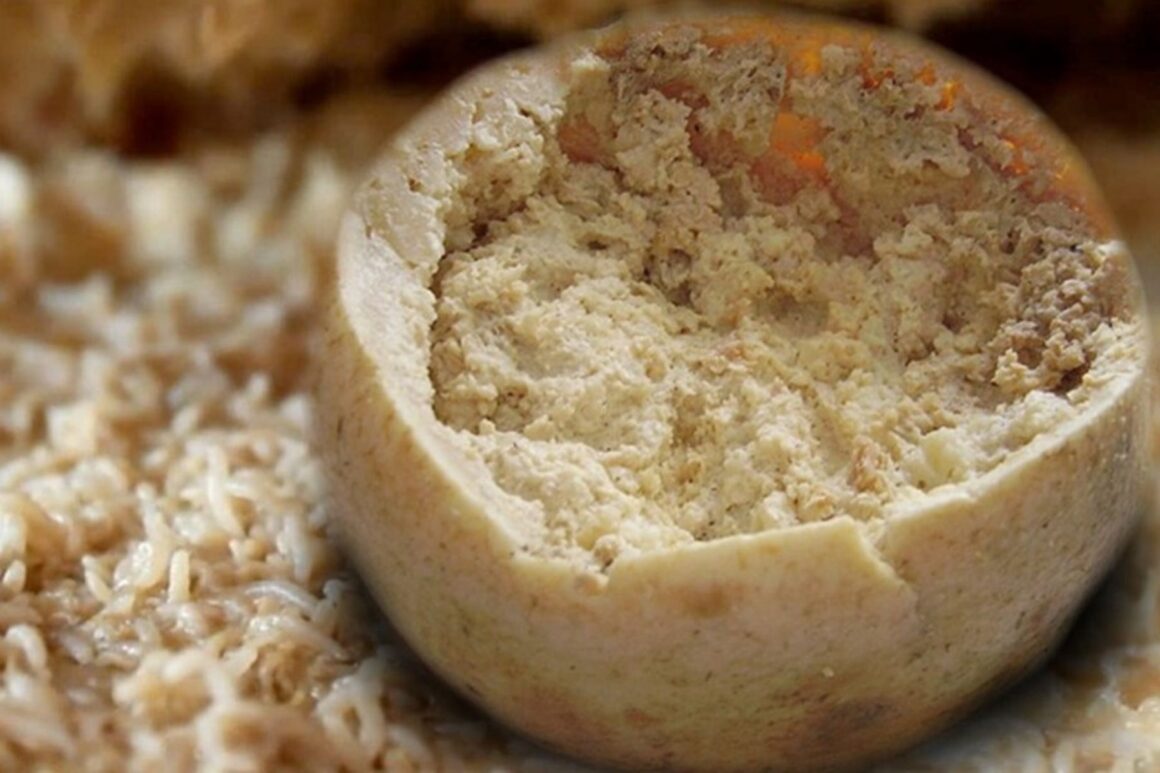
Although it might sound like a daring culinary challenge, Casu Marzu, a traditional Sardinian cheese, pushes the boundaries of what’s edible. Envision cheese so adventurous that it’s illegal in many places. This delicacy, teeming with live insect larvae, isn’t for the faint-hearted. Yet, it holds a special place in Sardinian culinary traditions. You might wonder why anyone would indulge in such a cheese, but its cultural significance cannot be underestimated. For locals, Casu Marzu isn’t just food—it’s a rite of passage, a bold proof of their gastronomic heritage.
However, with such a unique cheese come inevitable health risks. The live larvae are known to foster an active fermentation process, making the cheese incredibly soft and, some say, dangerously appetizing. Legal regulations in the European Union have banned its sale due to these health concerns, but that hasn’t stopped Sardinians from savoring it in secret. This cheese raises ethical concerns too—should traditional foods be preserved despite potential risks?
In the end, deciding to try Casu Marzu is like signing up for a culinary rollercoaster; it’s thrilling, a bit scary, and undeniably unforgettable. Would you dare to take a bite?
Wrapping up
Exploring forbidden foods around the world is like starting on a culinary adventure with a twist—did you know that around 1,200 tons of Casu Marzu cheese are produced annually in Italy, despite its ban? It’s fascinating how these foods, from dangerous fugu in the EU to misunderstood Kinder Eggs in the U.S., reveal a blend of cultural quirks and historical tales. So next time you dine, envision the stories behind what’s on—and sometimes off—your plate!
Photos: Canva Pro




